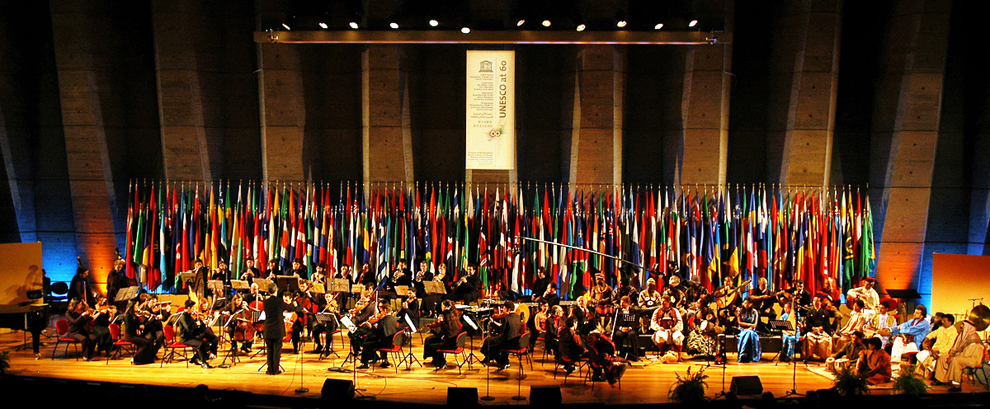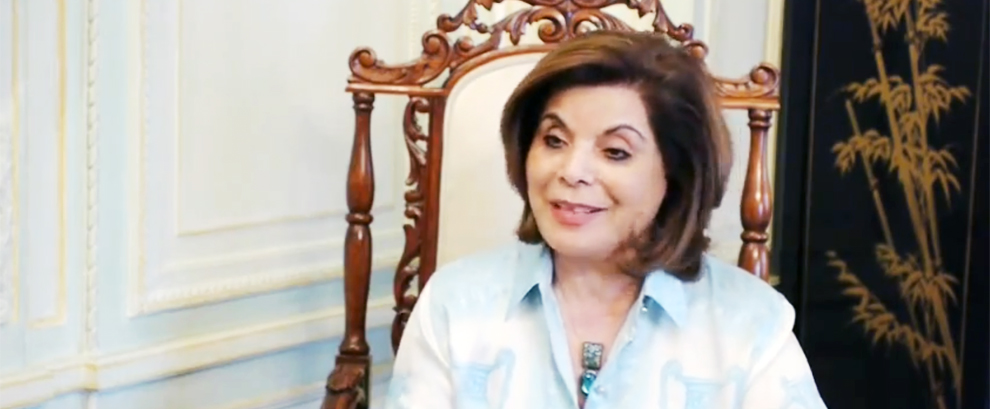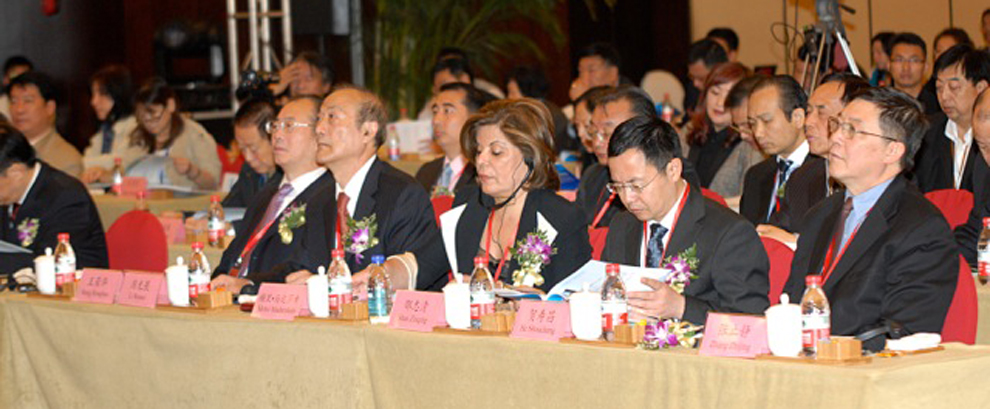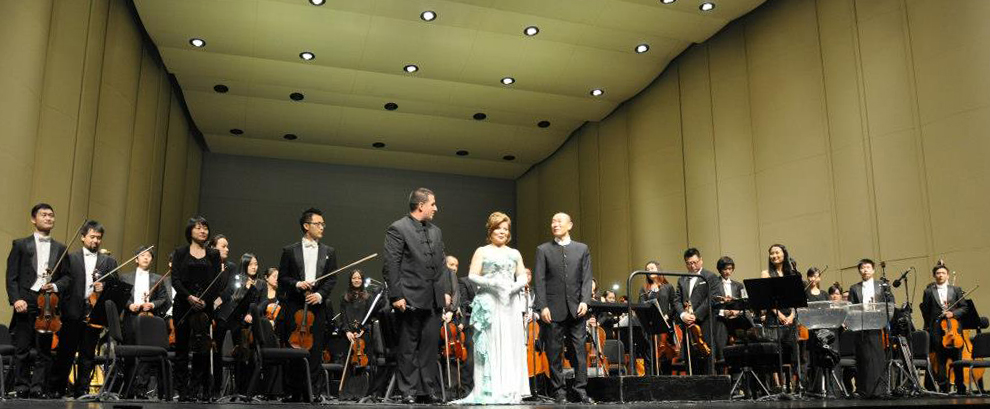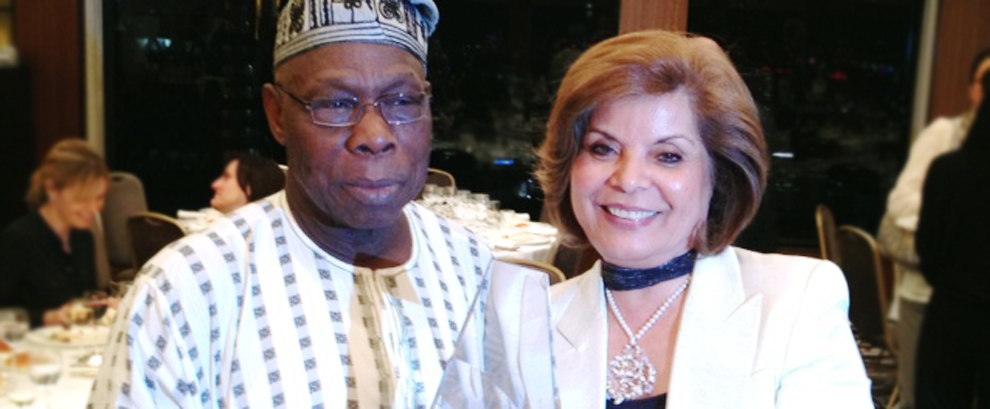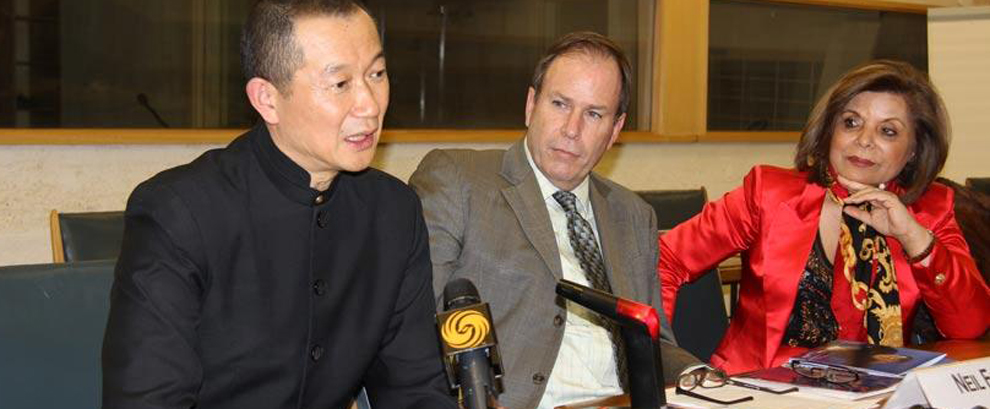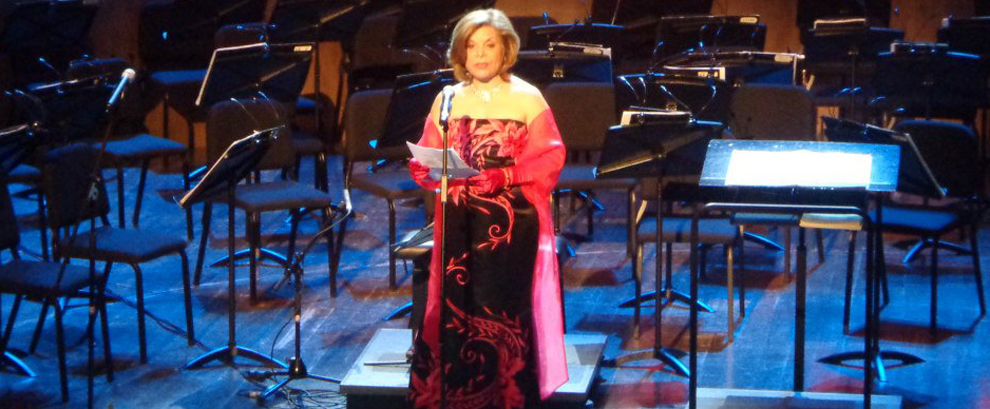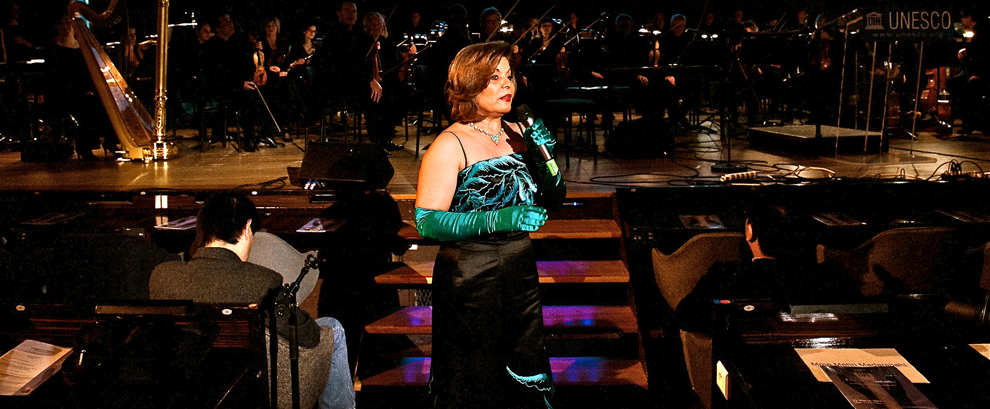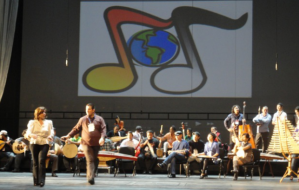
16th ASIAN GAMES
November 15, 2010
Guangzhou, China
Presented by Mehri Madarshahi
Human virtue cannot move forward without music. Confucius believed that one’s education could not be complete without musical education, as illustrated by the following quote from Confucius himself: “To educate someone, you should start with poems, emphasize of ceremonies, and finish with music.
Music was an important part of Confucius’s teachings. He himself was said to have been a brilliant musician. In fact, he is credited with composing some of the earliest written music that still exists today: “Youlan,” also known as “The Solitary Orchid.” He also composed music for the entire Book of Songs, a collection of traditional poems (Jones). In an anecdote, Confucius’s insatiable thirst for knowledge and achievement in music is illustrated when it was said that while learning the Guqin from musician Shi Xiangzi, Confucius was not satisfied with merely performing the music well and practiced with great discipline until his performance was perfect (“Confucius and Music”).
Recognizing cultural diversity and promoting racial harmony through music
Music is an often untapped source of both motivation and inspiration for sport and exercise participant
Harmony is an important concept in China and is also a fundamental characteristic of Chinese music. It means that the best music helps people to reach peace of mind and live with nature harmoniously. It is not only the highest praise for music but also an ideal state in dealing with everything in Chinese people’s daily life. Chinese people hope that their family members live in happiness and harmony, and that the relationship between people is harmonious.
Lately, the Chinese President Hu Jintao has urged Chinese artists and writers to devote themselves to promoting “cultural harmony”. Based on the conference theme, music educators will discuss how to enhance communication and understanding between different nations, cultures and genders as well as different groups at this conference. They will also discuss how to promote harmonious global development with harmonious music
fostering global intercultural understanding and cooperation among the world’s music educator
seek to evoke unity of humanity through a constantly evolving blend of musical styles and cultural traditions, promoting diversity while acknowledging the interconnectedness of all things that influence one another over time
he richness and diversity of the world’s music provides opportunities for intercultural learning and international understanding, co-operation and peace
“window of opportunity “The transmission of promoting such togetherness in a multicultural society is a step forward to promote respect for diversity and the notion of other.
that programs are consistent with the principles of ‘community accord’ which includes respect for all communities, opportunities to work together to reaffirm similarities, the elimination of racial and religious intolerance and the rejection of racial vilification, harassment and discrimination
One’s identity is a mosaic—social class, ethnic heritage, national belonging, urban upbringing and religion
In an increasingly globalised world, the ways of understanding and being part of that world we take for granted can never be understood as essentially different and are always in process of interchange and melange.
Campbell suggests “we are all “biologically wired in similar ways across cultures”. She points out that when studying music transmission, we “examine the nature of music as it is learned and taught in an array of formal and informal settings, and note the similarities as well as the distinctions across learners in many context” (p.217). Hence by studying music of another, we cross boundaries and explore new possibilities in relation to our music identity and in doing so rethink who we are as a culture and a people. We move across borderlands, which Anzaldua (1987) describes as:
Living on border and in margins, keeping intact one’s shifting and multiple identity and integrity, is like trying to swim in a new element, an ‘alien’ element. There is an exhilaration in being a participant in the future evolution of humankind, in being ‘worked’ on … And yes, the ‘alien’ environment has become familiar – never comfortable, not with society’s clamor to uphold the old, to rejoin the flock, to go with the herd. No not comfortable but home (p.1).
who believed “understanding music in turn can help us to understand the world’s cultures and their diversity”. It is only when we move out of our own context and into‘the other’ that we begin to make the cross-cultural connections that may be invisible in the music of that which is comfortable and strange. By opening up the mind’s eye and ear to ‘the other’ one engages and interacts with a new and different culture: “you find yourself in someone else’s music” (Ray Phiri, the famous black artist, quoted in Missingham, 1998, p. 426).
Oehrle (1991) argues that, by exposing students to other cultures and music, we also explore cross-cultural possibilities more fully, richly and critically than previously. She further states that a growing awareness of other cultures is not only more possible but also necessary (p.26). The authors believe that as global citizens we should embrace diversity and change in our teaching and Dawn found that medium through music. Her experience
the arts to promote cultural harmony and wellbeing for a more cohesive and richer society. Cultural Infusion is dedicated to promoting equality, social justice and encouraging a broader understanding of culture across our community for the benefit of all
“Commonwealth Resounds! aims not only to showcase talent, but also serve as a platform for friendship and understanding that can promote peace and unity. Music can transcend cultures, beliefs and politics — it can foster collaboration and nurture creativity. I hope that this musical event will develop into a cultural network of musical artists and music lovers in the Commonwealth,” said Ms de Maria, co-director of Commonwealth Resounds!
Music can inspire, comfort, lead, follow, and affect us in countless other ways. It is a marvellous way to engage and enjoy the cultures of others and to discover common goals and aspirations. But more than that, music binds us together.
This concert also focuses on how people, as inventors, sustainers, and communicators of traditional music, develop strategies to accommodate the change
9. Gezer epic tradition:
The ethnic Tibetan, Mongolian and Tu communities in west and north China share the story of the ancient hero King Gezar, who was said to have been sent to heaven to vanquish monsters, depose the powerful, and aid the weak while unifying disparate tribes. The singers and storytellers perform episodes of the vast oral narrative (known as “beads on a string”) in alternating passages of prose and verse with numerous regional differences.
10. Grand song of the Dong ethnic group:
It’s a tradition of the Dong people in Guizhou Province in southwest China to pass on culture and knowledge through music, as exemplified in the Grand song of the Dong ethnic group, a multi-part song performed without instrumental accompaniment or a lead vocalist.
11. Hua’er:
In northwestern Gansu and Qinghai provinces and throughout north-central China, people of nine different ethnic groups share a musical tradition known as Hua’er. The music is drawn from an extensive traditional repertoire named after ethnicities.
12. Manas:
The Kirgiz ethnic minority in China’s Xinjiang region in the west pride themselves on their descent from the hero Manas, whose life and progeny are celebrated in one of their oral traditions—the Manas epic. Without musical accompaniment, epic performances take place at social gatherings, community celebrations, ceremonies such as weddings and funerals and dedicated concerts.
13. The Mazu belief and customs:
As the most influential goddess of the sea in China, Mazu is at the center of a host of beliefs and customs, including oral traditions, religious ceremonies and folk practices, throughout the country’s coastal areas.
14. Khoomei, the Mongolian art of singing:
The Mongolian art of singing—Khoomei, or throat harmony—is a style in which a single performer produces a diversified harmony of multiple voice parts.
15. Nanyin:
Nanyin is a musical performance central to the culture of the people of Minnan in south Fujian Province along China’s southeastern coast and to Minnan populations overseas.
16. Regong arts:
In monasteries and villages along the Longwu River Basin in Qinghai Province in west China, Buddhist monks and folk artists of the Tibetan and Tu ethnic groups carry on the plastic arts of painting Thangka and murals, crafting patchwork barbola and sculpting, known collectively as the Regong arts.
the selected musical instruments have roots in the history of each country to express the culture and civilization of this country and to embody them through the spheres of the Silk Road.


